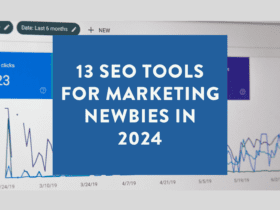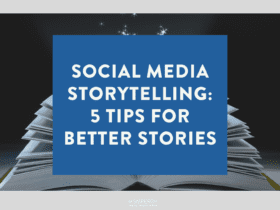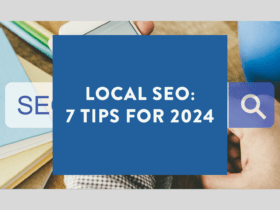If you’re on top of your SEO jargon (or trying to get a grip on it at least!), you’ll no doubt have come across no follow and do follow links.
There is a clear difference between the two and over the years Google has tried to encourage website owners to use do follow links sparingly. In some cases, they’ve downright put the frighteners on many bloggers and business owners and made people afraid to ever add a do follow link again.
There are even plugins for WordPress which automatically make ALL your links no-follow, instead of you having to add a manual snippet of code to do so.
So, what’s the difference between do follow and no follow links?
Do Follow Links
Every link to your website is seen as a signal to search engines like Google. When a link is a followed link, that link sends a signal to the search engine that your website is worth linking to because another website has linked to it.
It’s often called link juice in SEO circles (and it’s not the same as drinking the Kool-Aid).
Follow links are basically a big sign to Google saying ‘count this link!’.
No-Follow Links
By definition then, a no-follow link is the same as any other link in appearance. However, it has a tiny snippet of code added to it which tells Google (and other search engines) ‘don’t count this link’.
They therefore don’t pass as much link juice to the website being linked to, and are often seen as worthless in terms of SEO.
Are No-Follow Links A Bad Thing?
So now everyone is freaking out about their links.
All businesses are chasing the fantasy of getting all their links as follow links.
And all bloggers and content websites are refusing to give out follow links, whether the link is natural or paid.
But, no-follow links are not always a bad thing. Sure if every link you have is a no-follow link, that’s not going to do very much for your organic ranking, but a mixed backlink profile is certainly not a bad thing.
The Best Of Both Worlds
A natural link profile is far more important when it comes to your organic rankings than a heavily planned and executed backlink profile.
Having a mix of follow and no-follow links is much more ‘normal’ than one that has only follow links or only do follow links.
At the end of the day, if you get a link on the Daily Mail, New York Times or BBC, it ain’t gonna be a followed one! But wouldn’t you rather have one awesome link on a major website than a hundred spammy do follow links on websites no-one ever visits?
In terms of PR, the key is to get your client out there and seen. Links are great when you can get them – whether they are follow or no-follow – so don’t throw your toys out of the cot if the website you’re working with only gives no follow links.
If it’s relevant for your client or will bring them the attention they want, just go for it and let Google figure out the rest!
And remember that brand mentions without links are still helpful to SEO, even if it’s in a smaller way. It’s all part of building up a picture for search engines to gather all sorts of information. So no matter whether it’s a follow link, no-follow link, or a simple brand mention, it all works together to escalate your business reputation and your organic rankings.







LET’S CONNECT